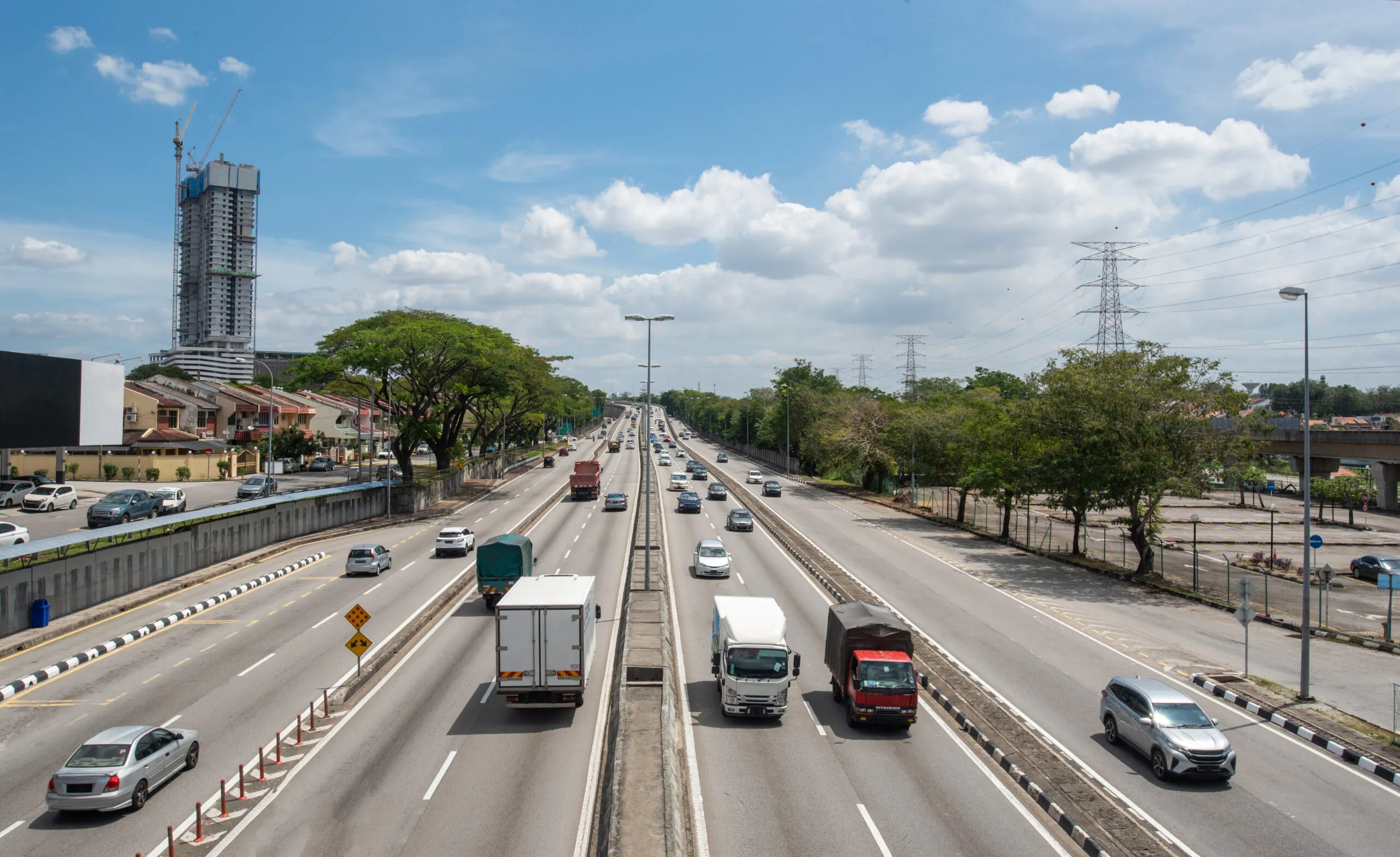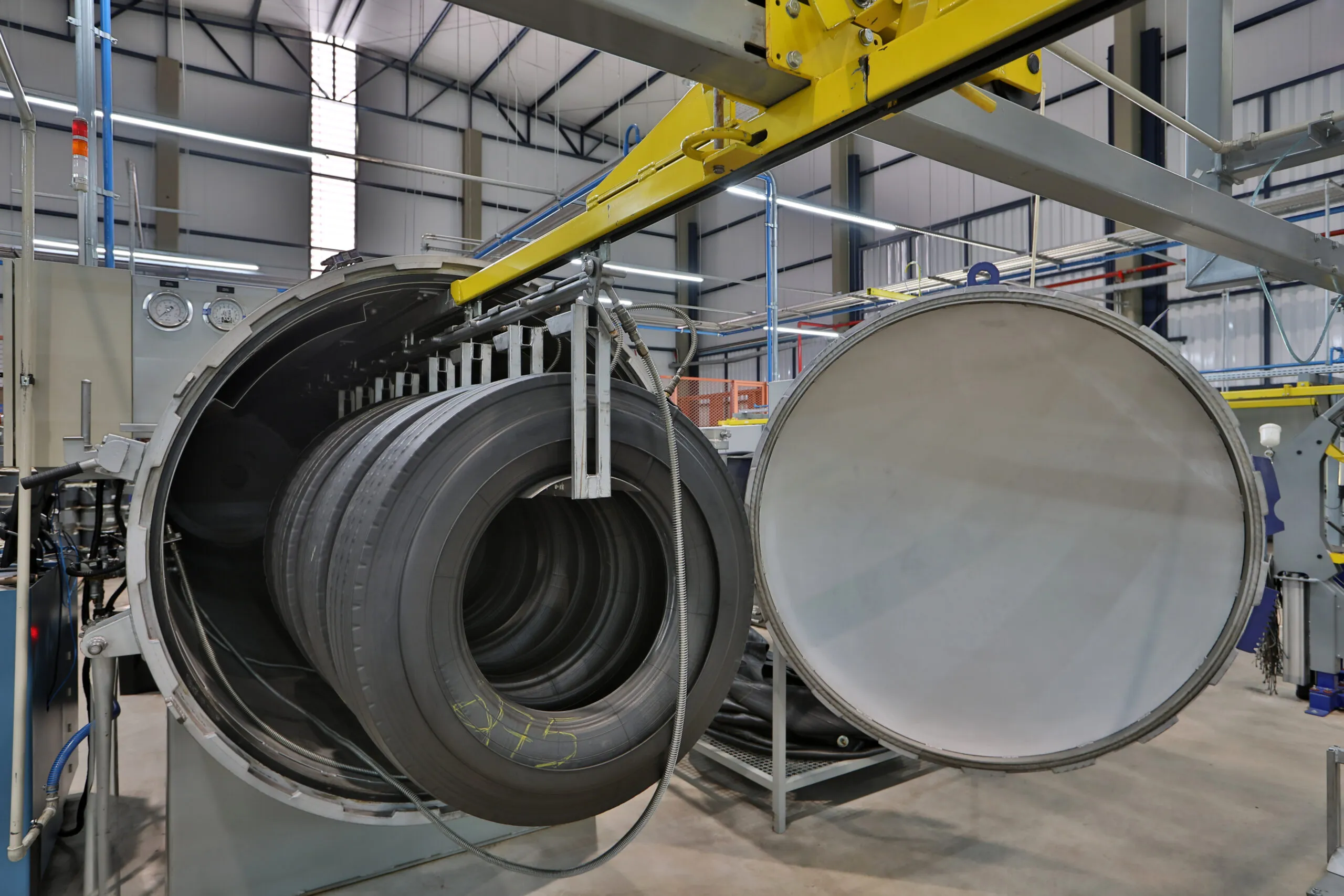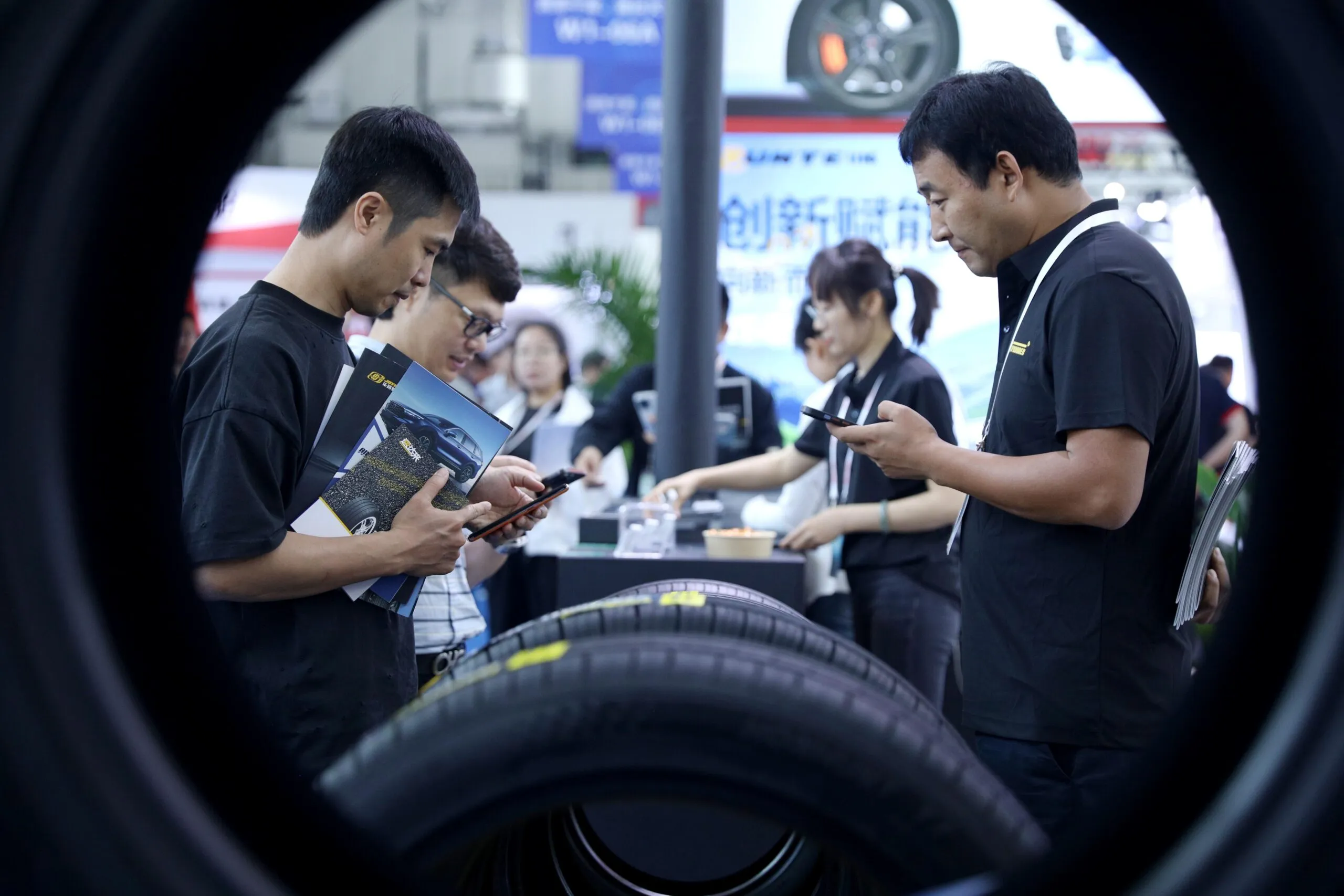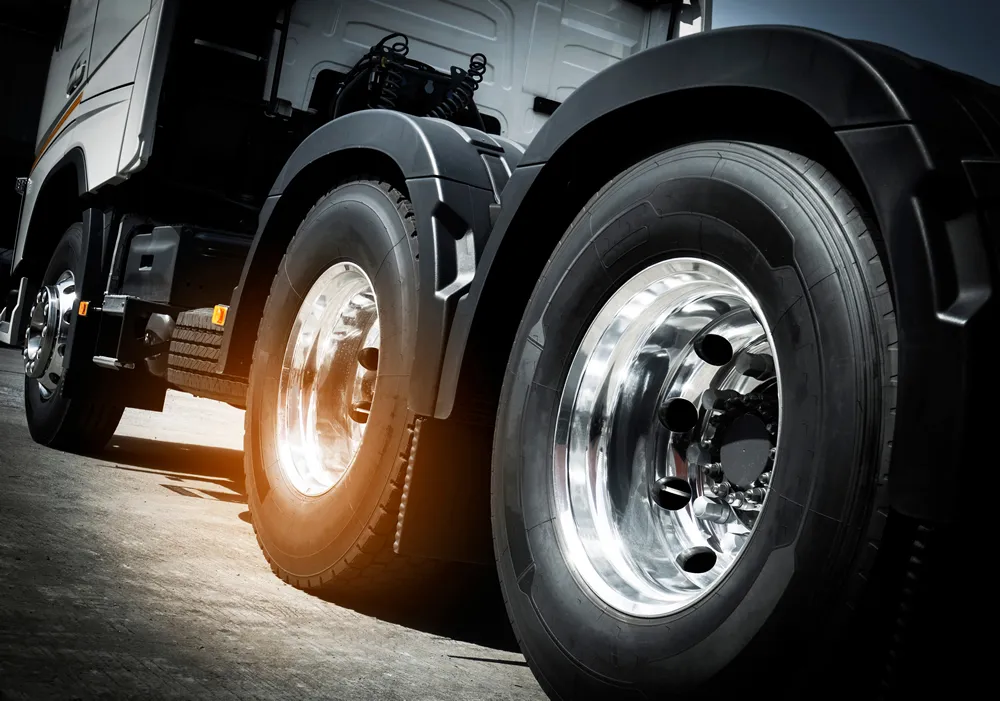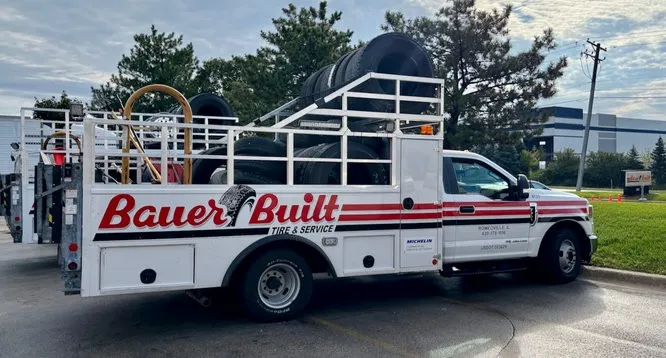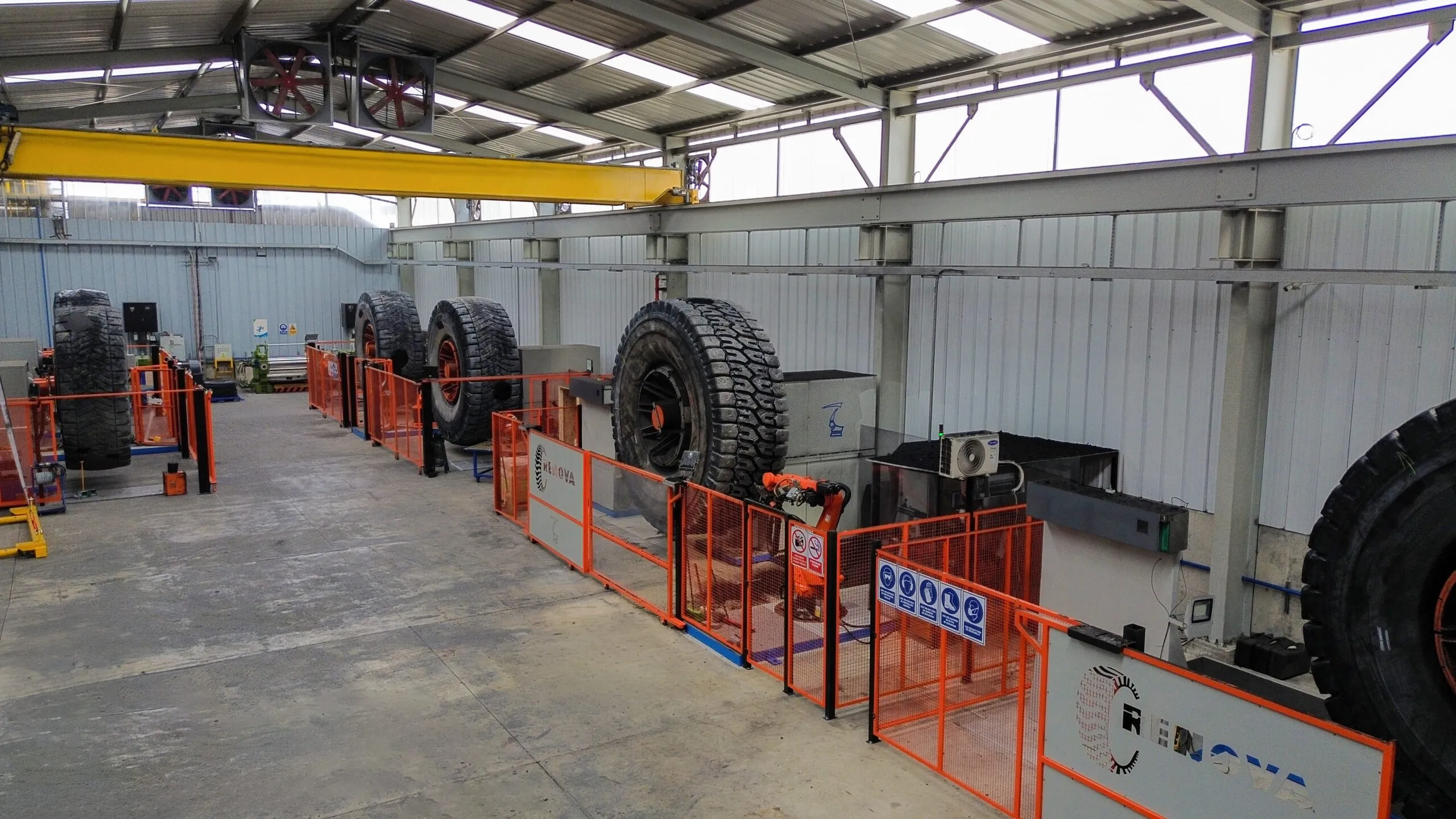Southeast Asia is a complex region with massively varying approaches to trade and industry. We look at the state of retreading across the region ahead of TyreXpo Asia.
Retreading In Southeast Asia
Thailand is a significant exporter in all areas of the automotive industry, and tyres are no exception; 9% of all European tyres come from Thailand. Indonesia has a vast, relatively protectionist internal market that is self-sustaining due to import barriers. This means that international tyre manufacturers must set up local entities that benefit the local economy in job creation and using local natural resources. Vietnam is becoming a production and export powerhouse as many companies look at different options to manufacturing in China. All of the large global tyre manufacturers have a presence in these countries. In the Philippines, the government-backed ‘Build, Build, Build’ programme has created a vast need for commercial vehicles, an increase of 46% in 2022 alone, meaning massively more tyre consumption and a focus on producing products locally, using local natural resources. Malaysia bucks this trend and is heavily reliant on imports. As a result, it has little tyre manufacturing locally, with Goodyear recently closing one of its plants after 52 years of operation. Due to its size, Singapore is not a large producer of tyres, but it hosts several head offices for tyre manufacturers, including the local Giti Tires. We have not looked at Laos, Brunei, East Timor, Cambodia or Myanmar in this article due to either market size, low levels of industrialisation or current political situations.
A Complex Region
As you can tell from the above, the SEA market is complex. Local cooperation has developed in recent decades through ASEAN, which was formed in the 1960s to create a political and economic union of all SEA nations. However, uniformity across the region is clearly not one of its achievements; this especially becomes apparent when we delve deeper into the retreading market. As of 2024, Southeast Asia had only seven members of the global Retread Tire Association, meaning the region is massively underrepresented globally. This trend continues locally in most SEA countries, where retreading is often seen as more of a cottage industry than an essential public service. Most retreaders in the region are independent, family-run businesses, and more prominent global manufacturers have difficulty establishing a foothold through ownership or partnership. Most SEA retreaders remain fiercely independent and exceptionally competitive within their industry, often leading to poor cooperation regarding national representation or education on the values of retreading.
Overview of Operations
Data is hard to come by in SEA, so a lot of anecdotal research and conversations have had to be undertaken to give us a view of the market, and even so, it’s very much incomplete. Thailand and Vietnam are export markets of new tyres, making information on local retreading difficult. However, we know from a few local contacts in these markets both the benefits and issues retreaders face.
It’s important to highlight the diversity in operations across SEA. For example, Thailand and Malaysia have roughly 50-75 and 80 tyre retreading factories, respectively, with Malaysia producing around 1.1 million units yearly. The focus is predominantly on commercial tyres using pre-cure technology. In Vietnam, operators like Bridgestone’s Bandag have a footprint, and with improving infrastructure and the broader export market expanding rapidly, retreads are becoming increasingly popular (although data is hard to come by!) In Indonesia, retread tyre sales reached 13.6 million units in 2017, but growth has been mixed since. Truck tyres are mostly imported into Indonesia, even with stringent import regulations, so retreaders have room to grow. However, competition within SEA due to the ASEAN Free Trade Agreement means Vietnam and Thailand can produce tyres cheaper than in Indonesia. There are plenty of big manufacturers in Indonesia, but their general tyre market is in decline, especially due to a difficult export market, including the EU’s EUDR implementation. It is a rocky road ahead for Indonesian retreaders.
Regulatory Landscape
Regulatory challenges vary significantly across the region, but there seems to be one commonality for retreaders: they don’t seem to be helping the industry. For example, Malaysia’s MS224 standards align with international norms, whereas Thailand (TIS 2979-2019) and Indonesia (SNI 0099:2012) have less stringent local standards. More stringent laws would mean better quality products, but additional barriers, such as advanced technology in the retread process and higher costs related to original casings. The biggest issue we see across SEA often relates to enforcing local regulations. On a local level, almost across the board, this has led to a negative perception of retreads that doesn’t seem to abate, no matter how hard the industry works to counter it. On a regional scale, lack of enforcement has led to illegal imports, making competition on price for retreads difficult. Retreads are typically cheaper than a new tyre; however, there’s not a huge difference if that new tyre is of low quality and not subject to import taxes, making the challenge much more complex.
In SEA, we see several global initiatives, such as import tariffs and Extended Producer Responsibility (EPR) Laws, that need to be adopted to level the playing field in each country. However, regulations like EUDR and USITC’s anti-dumping investigations make the region look bad but are also a barrier to key export markets. It’s probably fair to say that as much as regulation is seen as hampering retreading, it’s critical for the region to adopt international best practices to help drive consideration in the global marketplace.
Sustainability
SEA is one of the most biodiverse regions on the planet. It is of critical importance to the world in this regard. However, as with regulation, the region falls down on the things essential for its own growth. There are sure reasons for this. With most SEA countries mentioned here being fast-growth economies, they haven’t yet reached the maturity of Europe or the US, hence a lag in regulation and dedicated response to sustainability. However, this area is where retreading is a leading industry globally and has the bona fide to make a true difference. Yet, and if you speak to most retreaders in the region, most will attribute this to a lack of understanding on the part of transporters around the green credentials of retreading and issues around the cost of new, ‘single-use’ tyres, imported, mainly from China, but also across the SEA region itself. Malaysia’s Tyre Retreading Manufacturers Association of Malaysia (TRMAM) puts the number of cheap single-use tyres being dumped in Malaysia at 1.8 million pieces per year. A lot of global corporations will have a dedicated CSR policy that will likely include the use of retreads in any logistics. In SEA, the economy is driven by SMEs, who are likely to be more conscious of price at the point of purchase rather than looking at a measure like CPK that would spread the cost of a tyre investment. So, the industry, regulatory bodies, and governments must do more as it’s unlikely moves will come from business anytime soon.
Future Outlook
The SEA retreading industry is diverse and vibrant. However, it can also often be its own worst enemy. To foster growth, industry players could seek more supportive regulatory frameworks that acknowledge the environmental benefits of retreading. Financial incentives, such as subsidies or tax breaks for using retreaded tyres, could significantly boost the industry. Collaboration with ASEAN bodies could help set these frameworks and promote retreading as a viable and sustainable industry. The SEA retreading industry needs to take the next steps.

